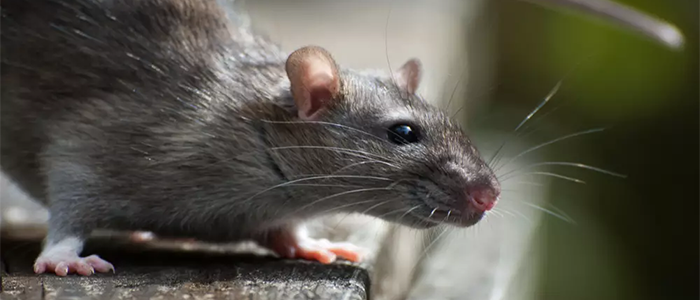Rodent Control

Since centuries man and rodent have been fighting for the same food resources. On a global scale it is impossible measure the total amount of food consumed by rodents. It has been estimated that, between 1/5 to 1/3 of the food supply is consumed by various rodents. Historically, commensal rodents have been responsible for the devastating outbreaks of diseases. Apart from plague, leptospirosis and typhus.Some of the common rodents found around us house mouse, Norway rat, roof rat, bandicoots etc.
For centuries, humans and rodents have competed for the same food resources, marking a longstanding conflict. Globally, it's challenging to quantify the total amount of food consumed by rodents, but estimates suggest they consume between one-fifth to one-third of the food supply. This significant consumption underscores their impact on agricultural and household food stocks.
Historically, commensal rodents, such as the house mouse, Norway rat, roof rat, and bandicoots, have been implicated in devastating disease outbreaks. Diseases transmitted by rodents include plague, leptospirosis, and typhus, posing serious public health threats throughout history.
These rodents are commonly found in urban, suburban, and rural environments, adapting to diverse habitats and exploiting human settlements for food and shelter. Their presence can lead to economic losses in agriculture and pose health risks through contamination of food and water supplies.
Efforts to manage rodent populations involve various strategies, including sanitation improvements, rodent-proofing buildings, and using baits and traps. Understanding their behavior and biology is crucial for effective control measures to mitigate their impact on food security, public health, and economic stability.